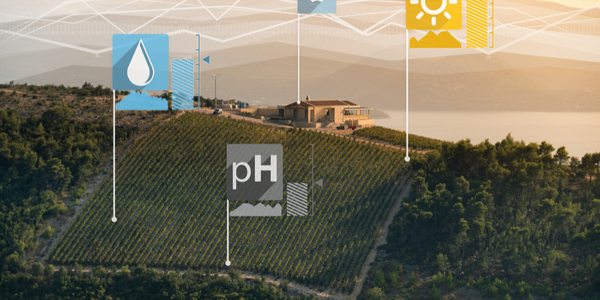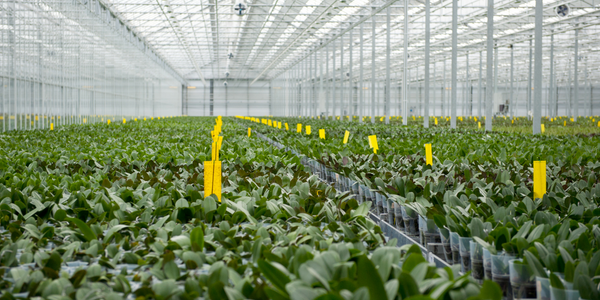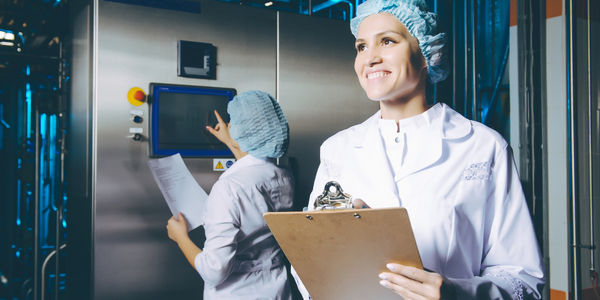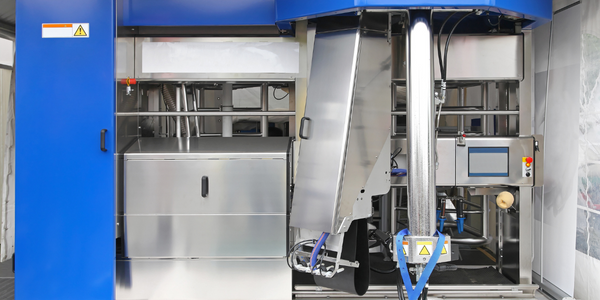公司规模
Large Corporate
地区
- America
- Europe
国家
- Brazil
- United States
产品
- SINAI Platform
- CarbonPrime
技术栈
- Data Sharing Platform
- Life-Cycle Assessment Tools
实施规模
- Pilot projects
影响指标
- Environmental Impact Reduction
- Digital Expertise
技术
- 分析与建模 - 数据即服务
- 应用基础设施与中间件 - 数据交换与集成
适用行业
- 农业
- 食品与饮料
用例
- 供应链可见性(SCV)
服务
- 数据科学服务
- 系统集成
关于客户
The customer in this case study is a collaboration of leading companies in the agriculture and food production sectors, including Sumitomo Corporation of Americas, Bayer, JBS, AMAGGI, Rumo, and SINAI Technologies. These companies are large corporates with significant influence in their respective industries. They have come together to form the CarbonPrime initiative, which aims to decarbonize global supply chains by collecting and sharing primary emissions data. The collaboration involves various stages of the supply chain, from seed processing and agricultural operations to feed and food production, trading, logistics, and distribution. The companies involved have a deep understanding of their own emissions and are committed to achieving a climate-positive approach based on science-based targets.
挑战
The challenge faced by the companies involved in the CarbonPrime initiative was to accurately collect, allocate, and share primary emissions data across global supply chains. This was a complex task due to the need for a robust software platform that could handle consistent methods of allocation for the same products throughout the value chain. The initiative aimed to provide a solid foundation for investments and business decisions by enabling data transparency and reliability. The companies involved had to resist the temptation to expand the scope too broadly and instead focused on a manageable level of primary data to ensure results were relevant and verifiable by third parties.
解决方案
The solution implemented by the CarbonPrime initiative involved using SINAI's platform to collect, allocate, and share primary emissions data in a secure and reliable manner. The platform enabled the companies to manage data at a granular level and provided secure access to third parties, ensuring privacy throughout the process. The initiative also enlisted the insight of third-party experts to validate the concept and assess its technical viability. The primary data collected was used to develop a sector-specific framework for the application of industry standards, which will be open source and evolve over time. The initiative aims to expand the primary data scope to include areas such as seed production, fertilizer production, and small and medium farmers, among others.
运营影响

Case Study missing?
Start adding your own!
Register with your work email and create a new case study profile for your business.
相关案例.

Case Study
Intelligent Farming with ThingWorx Analytics
Z Farms was facing three challenges: costly irrigation systems with water as a limited resource, narrow optimal ranges of soil moisture for growth with difficult maintenance and farm operators could not simply turn on irrigation systems like a faucet.

Case Study
The Kellogg Company
Kellogg keeps a close eye on its trade spend, analyzing large volumes of data and running complex simulations to predict which promotional activities will be the most effective. Kellogg needed to decrease the trade spend but its traditional relational database on premises could not keep up with the pace of demand.

Case Study
HEINEKEN Uses the Cloud to Reach 10.5 Million Consumers
For 2012 campaign, the Bond promotion, it planned to launch the campaign at the same time everywhere on the planet. That created unprecedented challenges for HEINEKEN—nowhere more so than in its technology operation. The primary digital content for the campaign was a 100-megabyte movie that had to play flawlessly for millions of viewers worldwide. After all, Bond never fails. No one was going to tolerate a technology failure that might bruise his brand.Previously, HEINEKEN had supported digital media at its outsourced datacenter. But that datacenter lacked the computing resources HEINEKEN needed, and building them—especially to support peak traffic that would total millions of simultaneous hits—would have been both time-consuming and expensive. Nor would it have provided the geographic reach that HEINEKEN needed to minimize latency worldwide.

Case Study
Greenhouse Intelligent Monitoring and Control Solution
Farming Orchids is the most successful form of precision farming in Taiwan, and also the most exported flower. Orchids need a specific temperature and humidity conditions to grow and bloom, and its flowering time may not be in line with market demands, so the price collapses when there is overproduction. Therefore, some farmers began to import automated greenhouse control systems for breeding and forcing, which not only improves quality, but also effectively controls the production period and yield to ensure revenue. In 2012, an orchid farmer built a Forcing Greenhouse of about 200 pings (approximately 661 Square Meters) in Tainan, Taiwan. The system integrator adopted Advantech’s APAX-5000 series programmable automation controllers to build the control platform, coupled with Advantech WebAccess HMI/SCADA software, to achieve cloud monitoring. The staff of the orchid field can monitor important data anytime via smart phone, iPad, and other handheld devices, and control the growth and flowering conditions. System requirements: In the past, most environmental control systems of orchid greenhouses in Taiwan used PLCs (Programmable Logic Controller) with poorscalability and control, and could not be connected to the Internet formonitoring from the cloud. For advanced database analysis and networking capability, the PC platform must be adopted. Therefore, PAC Systems (Programmable Automation Controller) with both PLC programming capabilities andPC functions is a better choice.The environmental control of the Orchid greenhouse switches on and off devices like fan, shade net, cooling/heat pump, liquid flow control, water-cooling wall etc. It is controlled by a control panel of electric controllers, and is driven by a motor, to adjust the greenhouse temperature, humidity, and other environmental conditions to the set parameters.









